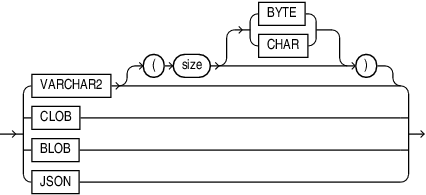

(in which entity and inventory item IDs will be rendered as clickable chips in Insights).

The ? operator checks if a value is part of the array, which you can use to JOIN tables ON jsonb_column1 ? column2. JSONB arrays have specific operators to compare arrays and values. These schemas are linked via a multi-select entity link, and thus is the link from the cell_line to the plasmid table stored in a JSONB array. We will join data from a Cell Line schema with data from the Plasmid schema.
Pg json query how to#
We will use an example to show how to JOIN tables based on JSONB arrays. ON column1 = column2 syntax does not work when one of the columns is a JSONB array, and you will get an error: operator does not exist: jsonb = character varying. If you have two tables with matching text columns, you can easily combine these tables using: SELECT * FROM table1 This article will show you some examples. There are specific JSONB operators and functions to work with these arrays in your postgreSQL query. Data from multi-select fields are stored in JSONB arrays in the Benchling warehouse, which in Insights automatically get displayed as the blue clickable chips.


 0 kommentar(er)
0 kommentar(er)
